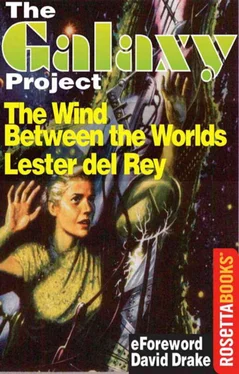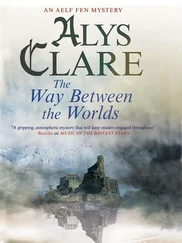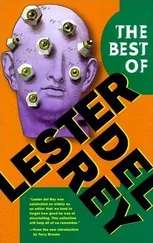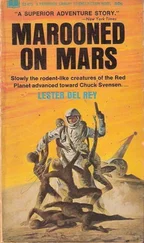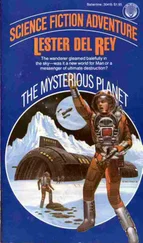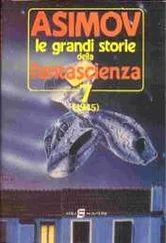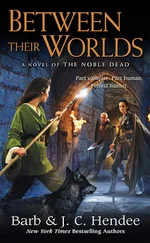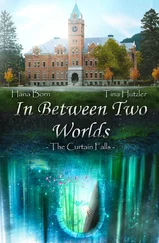Lester del Rey
THE WIND BETWEEN THE WORLDS
The Galaxy Project
Series Editor Barry N. Malzberg
IN A GLASS BRIGHTLY: The Wind Between the Worlds by Lester del Rey
The novella Nerves by Lester del Rey appeared in the September 1942, issue of Astounding . It was a triumph, universally praised to a degree that not even Robert Heinlein’s work was afforded. According to Campbell, every reader who ranked the stories in that issue chose Nerves as the best, a unanimity which del Rey claims he saw equaled only once.
Nerves wasn’t merely successful in its own day. In the early 1970s, the membership of the Science Fiction Writers of America voted it as one of the ten best novelettes and novellas in the field.
John W. Campbell, the editor of Astounding , probably wasn’t surprised that del Rey had written a masterpiece, since he had been a strong supporter of del Rey since receiving his first story in 1937. Campbell sent del Rey encouraging letters and requests for more stories, and he frequently paid him the bonus the editor reserved for stories which he particularly liked.
Many other people must have been surprised, however—including, I think, del Rey himself, though he doesn’t explicitly say that. His production of fiction slacked off a great deal following the success of Nerves . After World War II ended, he took a job as an agent and stopped writing science fiction.
Despite Campbell’s enthusiasm for him, del Rey had been a journeyman writer who had gotten everything right one time. The fact that many people (almost certainly including Campbell himself) asked del Rey to duplicate Nerves was both irritating and frustrating.
Then in 1949 something changed: Horace Gold asked del Rey to write a science fiction suspense story like Nerves for the new magazine he planned, Galaxy . Del Rey agreed to try after seven years of refusing such requests.
It would be easy to say that the difference was that Gold was offering three cents a word, a pay rate never before seen in the science fiction field. Campbell had raised Astounding ’s pay to two cents/word a few years earlier, which was twice (or more) the rate of any fantasy or science fiction magazine since the failure of the Clayton chain in 1933. The Magazine of Fantasy (after the first issue, The Magazine of Fantasy and Science Fiction ) had just appeared and matched Astounding ’s rate, but Gold was offering half again as much as the best.
I am inclined to doubt that money alone changed del Rey’s mind. Campbell had, after all, doubled his rate after Nerves was published without enticing del Rey to try to repeat his success.
The high word rate was only part of the new magazine. Galaxy was going to be really different , new , exciting ; in Gold’s mind, it was going to read like a general news magazine of the next century and compete for sales not with existing science fiction magazines but with Time and Look on the newsstands of the present.
Gold was selling the future, not only to readers but to the authors he wanted for his new magazine. Lester del Rey was one of the authors Gold recruited, and he bought Gold’s vision.
Del Rey went to work. On his description, it appears that the only editorial requirements were that the story have the effect of Nerves —that is, that it be a fast-paced science fiction suspense story—and that it be 15,000 words. Unlike John Campbell’s frequent behavior, Gold didn’t suggest a particular theme or development for the author to follow.
The (short) length was a problem, however. Nerves had been 30,000 words, and even so del Rey felt that he could have used more room. (In 1956 he expanded the novella to book-length.) Still, he proceeded.
Del Rey had created a written formula and charts on how to develop suspense in a story before he plotted Nerves . He had lost those materials during a move, however. On his telling it, he did not first reread the earlier novella and break it down into elements to build up into the new framework. Instead he played with ideas on paper until he found one which he thought would work. The differences between the structures of the two stories are significant and support his description.
Nerves involves a disaster at a plant making nuclear isotopes. The precise cause of the trouble remains uncertain at the end of the story, but it is certainly natural: impurities of some sort caused a reactor to run out of control. The description of the plant and the processes appear to be modeled on those of an oil refinery, and the description of nuclear materials is very similar to that in Twelve Eighty-Seven , a novel by John Taine (pseudonym of Dr Eric Temple Bell) which had been serialized in Astounding in 1935.
The viewpoint character of Nerves is an older man, an MD, who (though an important figure) is entirely an observer of the efforts to control the disaster (his duty is to mitigate the harm caused to individuals). Love interest is provided by a young medical assistant (who later turns out to have technical training) and his devoted wife.
Instead of that real-world-of-the-future setting, del Rey built his new story— The Wind Between the Worlds —on an explicitly fictional premise: aliens have arrived on Earth and set up a matter transmitter system. The system links Earth with other planets whose intelligent life forms have reached a stage of civilization only slightly more advanced than ours. The transmitter sites are built of material which human science cannot affect.
On its face, this change is detrimental. Nerves got much of its power from the grimy industrial setting with which most readers would have been familiar, at least from stories and newsreels. Wind ’s processes are magic, and the facility is built of Unobtainium.
Although del Rey does not say so, there is a very good reason why he might have made the choice he did. By creating a wholly fictional technological background for Wind , del Rey avoided the danger of being overtaken by events.
Nerves describes the growing horror and panic of a reactor failure in a fashion which present-day familiarity with Three Mile Island, Chernobyl, and now Fukushima makes even more chilling than a reader in 1942 would have found it. The science, however, is complete nonsense. Del Rey wrote Nerves while nuclear reactors were top secret. The petroleum cracking-plant model cannot even be revised to work in light of greater knowledge, while the descriptions of isotopes, radiation burns, and similar matters have little connection with what a modern reader understands from the words.
Del Rey’s second major change from Nerves was in choosing a classic hero as the viewpoint character of Wind : a young male troubleshooter who happens to be working on the site when the crisis occurs. He immediately takes charge of local efforts to contain the crisis and is soon promoted (by the aliens behind the scenes) to complete control of the system.
The hero is aided by the female site manager, who has specialized expertise. She acts as the hero’s chief subordinate as well as providing love interest. Their physical relationship, while not particularly important to the story, is of considerable historical interest.
1) The hero and heroine have sex (though the viewpoint quickly cuts away).
2) The heroine is the aggressor.
3) The heroine explicitly has begun the scene as a virgin.
For the most part, Wind could have appeared in Astounding ; indeed, Wind is in many fashions a more typical Astounding story than Nerves was. Campbell would never have permitted this sexual element, however—nor would any of the slick fiction magazines in 1951. Philip Jose Farmer’s The Lovers , involving a sexual relationship between a human and an alien, appeared the next year to great controversy, but in some ways Wind is (for its time) the more surprising.
Читать дальше
